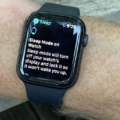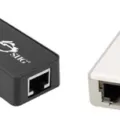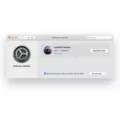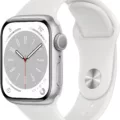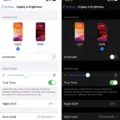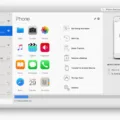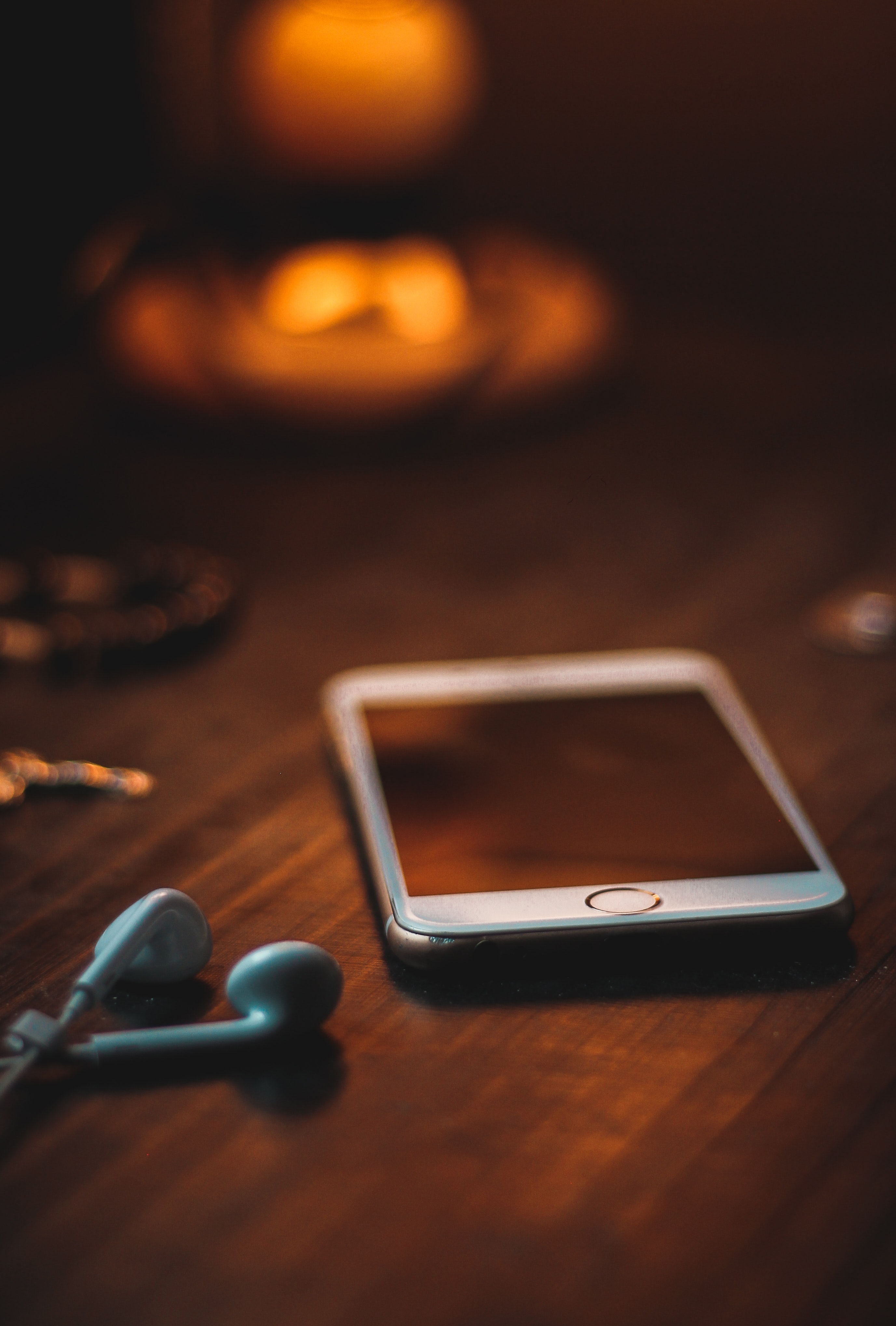Stopwatches are essential tools when it comes to measuring and tracking time intervals. Whether you are an athlete trying to improve your performance, a scientist conducting experiments, or simply need to time an activity, understanding how to read a stopwatch is crucial. In this article, we will explore the basics of stopwatches and guide you through the process of reading and using one effectively.
Stopwatches come in various forms, but for the purpose of this article, we will focus on digital stopwatches. These modern devices offer precise time measurements and are easy to use. The units of time typically displayed on a digital stopwatch include minutes, seconds, and “one-hundredth of a second”.
To start using a digital stopwatch, you need to familiarize yourself with the buttons and functions it offers. Most digital stopwatches have three main buttons: Start/Stop, Lap/Reset, and Mode. The Start/Stop button is used to begin or pause the stopwatch, while the Lap/Reset button allows you to record intermediate times or reset the stopwatch to zero. The Mode button is used to switch between different modes, such as stopwatch, countdown timer, or clock.
When reading a digital stopwatch, the minutes, seconds, and one-hundredth of a second are displayed in separate sections. The minutes are usually displayed with two digits, followed by a colon. The seconds are also displayed with two digits, and the one-hundredth of a second is displayed with two digits or as a fraction of a second.
To start timing, simply press the Start/Stop button. The stopwatch will begin counting the seconds and minutes, and the one-hundredth of a second will start incrementing rapidly. To pause the stopwatch, press the Start/Stop button again. You can then resume timing by pressing the button once more.
If you need to record intermediate times, press the Lap/Reset button while the stopwatch is running. This will freeze the current time on the display and allow you to record it. The stopwatch will continue running in the background, and you can press the Lap/Reset button again to record additional lap times. To reset the stopwatch to zero, press and hold the Lap/Reset button for a few seconds.
Reading a stopwatch is relatively straightforward. The minutes and seconds are read from their respective sections, while the one-hundredth of a second is read from its own section. For example, if the display shows “1:17:23”, it means 1 minute, 17 seconds, and 23 one-hundredths of a second have elapsed.
Using a digital stopwatch is a simple yet valuable skill to have. By understanding the basic functions and how to read the display, you can accurately measure and track time intervals for various purposes. So the next time you need to time an activity, grab a stopwatch and start measuring with confidence.
What Do The Numbers On A Stopwatch Represent?
The numbers on a stopwatch represent the measurement of time. Specifically, they indicate the elapsed time in minutes, seconds, and one-hundredth of a second. Each digit on the stopwatch corresponds to a specific unit of time:
1. Minutes: The first two digits represent the number of minutes that have elapsed. This can range from 00 to 99, indicating a maximum of 99 minutes.
2. Seconds: The next two digits represent the number of seconds that have passed within a minute. They range from 00 to 59, as there are 60 seconds in a minute.
3. One-hundredth of a Second: The final two digits on a stopwatch are often used to measure time down to one-hundredth of a second. This allows for more precise timing, especially in sports or scientific experiments. These digits range from 00 to 99, indicating a maximum of 99 one-hundredths of a second.
It is important to note that some stopwatches may not display the one-hundredth of a second digit and may only show minutes and seconds. In such cases, the stopwatch can still accurately measure time in minutes and seconds, but not with the same level of precision as one that includes the one-hundredth of a second digit.
The numbers on a stopwatch provide a clear representation of the elapsed time, allowing users to accurately measure and track time intervals.
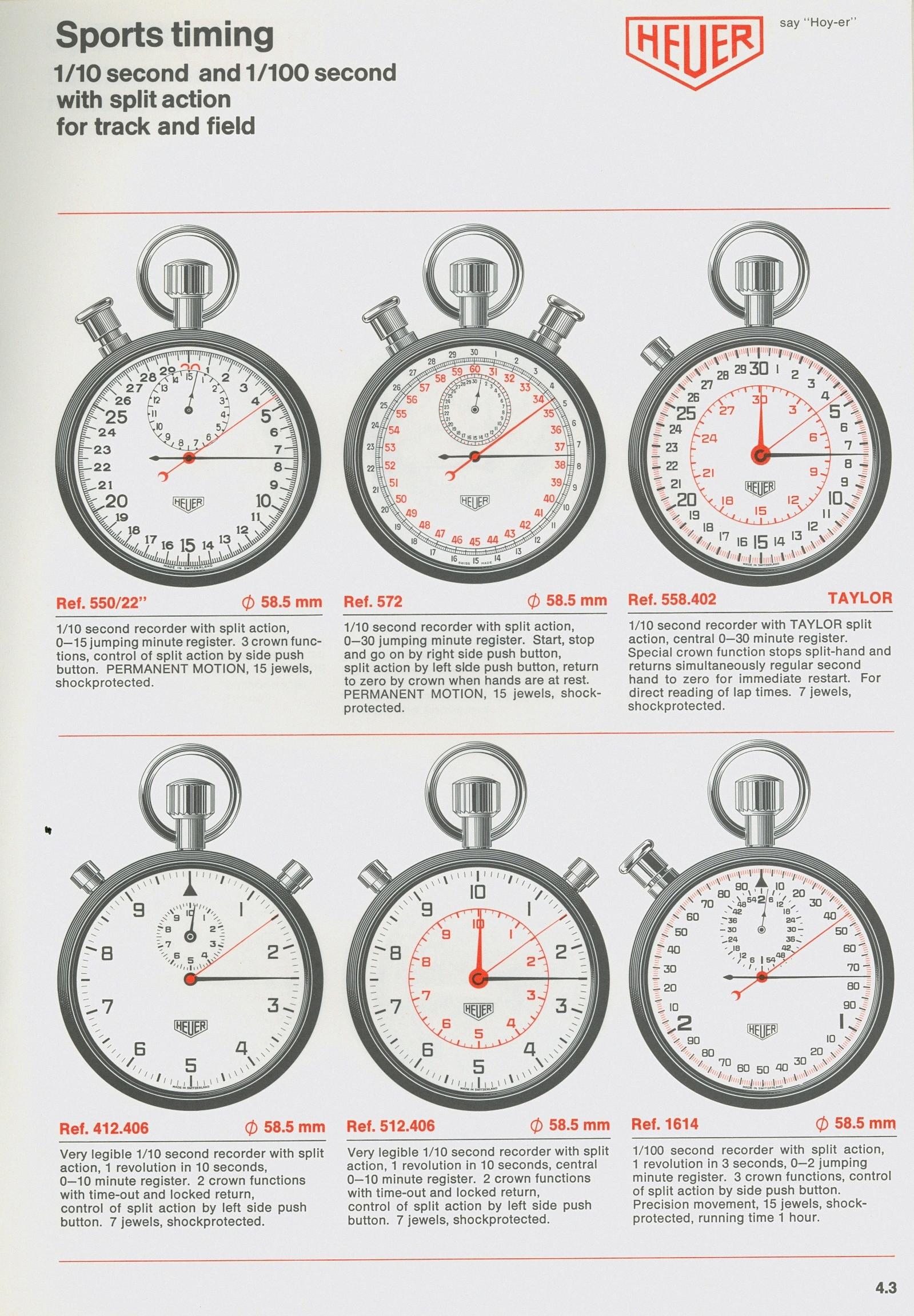
How Do You Count Time On Stopwatch?
To count time on a stopwatch, follow these steps:
1. Start: Press the “Start” button on the stopwatch to begin the timer. The display will show the elapsed time starting from zero.
2. Stop: When you want to stop the timer, press the “Stop” button. The stopwatch will stop counting and display the final elapsed time.
3. Reset: To reset the stopwatch and start counting again from zero, press the “Reset” button. This will set the timer back to zero and allow you to start a new timing session.
4. Lap/Split Time: Some digital stopwatches have a “Lap” or “Split” button. Pressing this button while the stopwatch is running will record the current elapsed time without stopping the timer. This allows you to track intermediate times or measure multiple intervals within a single timing session.
5. Memory Function: Advanced digital stopwatches may have a memory function that allows you to store and recall multiple timing sessions. This can be useful for comparing different timings or reviewing past results.
Remember to read the instructions provided with your specific stopwatch model, as the buttons and functions may vary slightly. Practice using the stopwatch to become familiar with its features and improve your timing accuracy.
How Does A Stopwatch Measure Time?
A stopwatch measures time by utilizing a frequency source, which is a device that produces a repetitive event at a consistent rate. The frequency source generates a signal that repeats a specific number of times per second. This repetition is measured in hertz (Hz), which represents the number of cycles or events per second.
When you start a stopwatch, it activates the frequency source, which begins generating a signal at a fixed rate. The stopwatch then counts the number of cycles or events that occur within a given time interval. By knowing the frequency of the source, the stopwatch can calculate the elapsed time based on the number of cycles or events that have occurred.
To provide a more precise measurement, stopwatches often have high-frequency sources, such as quartz crystals, that can generate signals with extremely consistent and precise repetition rates. These crystals vibrate at a specific frequency when an electric current is applied, ensuring accurate timekeeping.
A stopwatch measures time by counting the cycles or events produced by a frequency source within a given interval. By knowing the frequency of the source, it can determine the elapsed time with accuracy and reliability.
To summarize:
– A stopwatch uses a frequency source to measure time.
– The frequency source generates a repetitive event at a consistent rate.
– The stopwatch counts the number of cycles or events that occur within a given time interval.
– The elapsed time is calculated based on the known frequency of the source.
– High-frequency sources, like quartz crystals, provide precise and accurate timekeeping.
Conclusion
A stopwatch is a device used to measure and record time intervals. It is commonly used in various fields such as sports, science experiments, and daily activities that require precise timing. Stopwatches come in different types, including digital and analog versions, but they all serve the same purpose of accurately measuring time.
One of the main units of time used in stopwatch measurements is seconds, which is the standard unit for measuring short durations. Additionally, minutes and ‘one-hundredth of a second’ are commonly used in digital stopwatches. These units allow for precise timing and provide accurate measurements for a wide range of activities.
Stopwatches operate by utilizing a frequency source, which determines the rate of repetitive events or cycles per second. This frequency is measured in hertz (Hz), which is a derived SI unit. By using this frequency source, stopwatches can accurately measure time intervals and provide precise results.
Stopwatches are essential tools for measuring and recording time intervals in various fields. They offer precise timing measurements in units such as seconds, minutes, and ‘one-hundredth of a second’. By utilizing a frequency source, stopwatches ensure accurate and reliable time measurements.

